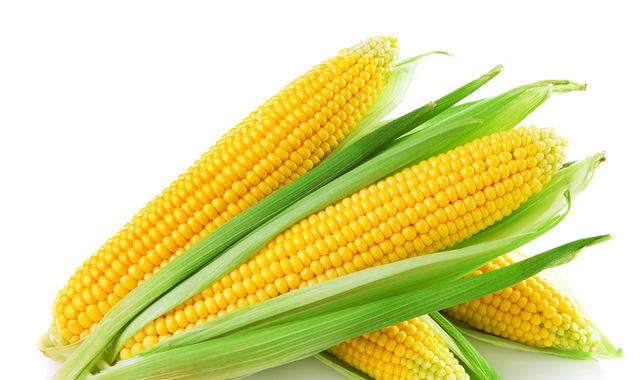By Andrew Gobin, Tulalip News
The opposition claims that costs will rise. The proposition cites updated packaging as routine business costs. Money seems to be at the heart of Washington State Initiative 522, a measure that would require food labels to specify whether or not foods are genetically engineered.
Opponents of the “Washington-only” measure claim that this is a simple case of bureaucracy. I522 would create unnecessary governmental regulation that exists nowhere else in the nation. What the opposition fails to mention is special interest groups and corporations spent millions of dollars, in recent years, to defeat similar measures in other states, such as prop 37 in California. Furthermore, similar regulations are in place in several countries outside of the United States.
Proponents of I522 purport that the costs are minimal, and that regulation would not be more bureaucratic as similar regulations are already in place to determine fresh caught or farm raised salmon, sugar or high fructose corn syrup, etc.
Let’s look at the facts.
Genetically engineered foods are those created or altered in a laboratory to achieve desired qualities. Their genetic makeup is not seen in their naturally occurring, and healthier, counterparts. According to studies from the United Farm Workers, genetically modified plants are more vulnerable to weather and pests, leading to greater use of fertilizer and pesticides. It is then important to know that many companies that oppose the measure are chemical companies that manufacture these products.
Both sides agree that studies show there are no immediate health concerns caused by GE (genetically engineered) foods, and that in fact these foods do allow growers and consumers to maximize quantity, meaning it is cheaper because it is easier to grow and harvest.
Why is this important to Pacific Northwest Tribes?
In recent years, genetically engineered salmon have been successfully made in labs and farm raised. These fish mature at twice the rate of wild salmon. The FDA has not yet decided if this product will be available to consumers, though if it passes, it would be the first engineered meat to be sold in stores. Currently, only GE crops are on the market. Fishing continues to be a crucial industry for northwest tribes, and the new GE fish stand to threaten the market. Without a market, the native fishing industry would se a drastic decline.
I522 does not stop any of this from happening, it only requires labeling. The “Yes on 522” campaign says repeatedly that this shouldn’t be a hindrance to business as usual. The largest appeal to the public is consumers have the right to make informed decisions about their food choices, and I522 is all about information. It does not prevent future operations, nor does it stop current ones.
Washington State Initiative 522 will be on the November ballot.
Sources: http://factsabout522.com


